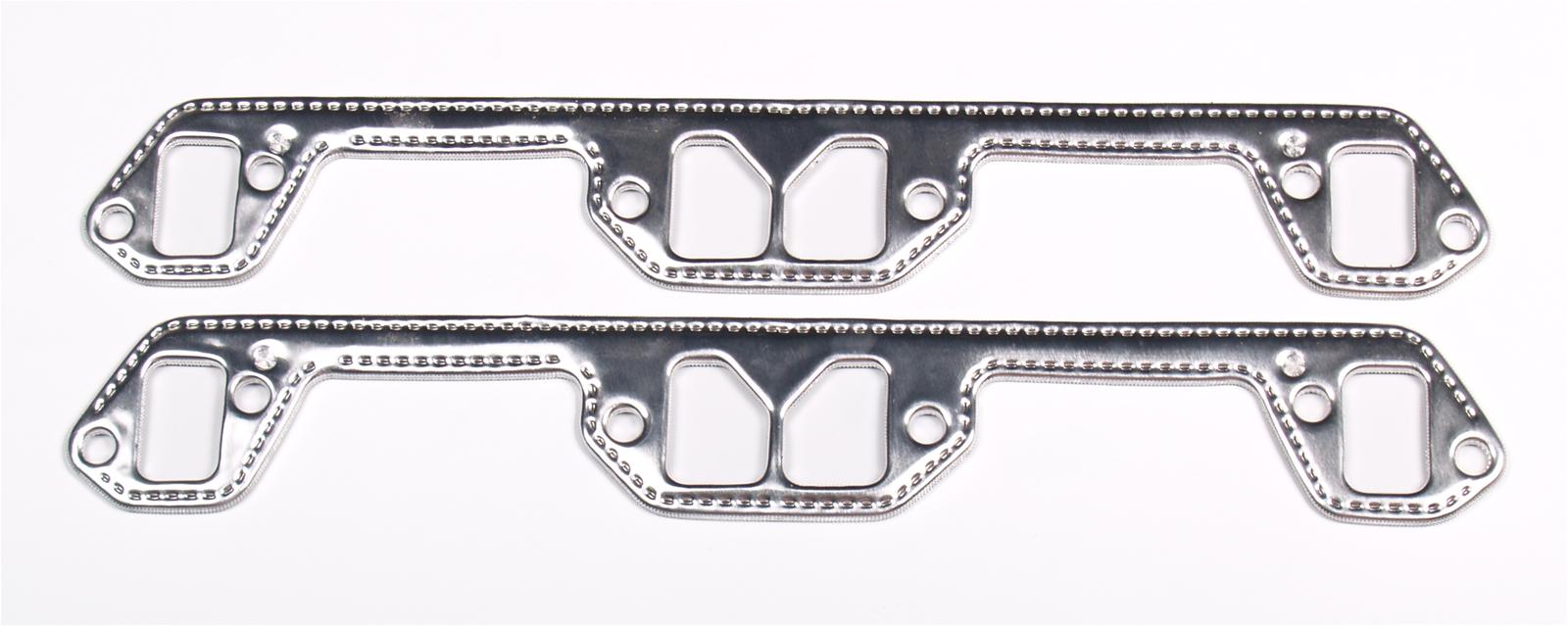Well, it's not the TC bolts. They're all tight with no witness marks. Don't see any marks inside the distributor cap. Riser valve has been removed from the manifold. So now I'm leaning back toward an exhaust leak.
I'm a rookie engine builder, and I'm thinking maybe here's my mistake. I read that these 340 manifolds didn't use gaskets, but had the heads and manifolds machined flat for sealing. I didn't do that, and instead added a smear of copper RTV to the mating surfaces. A slight leak could explain why it took a few miles for the noise to appear, and it's varying intensity. Sometimes I can't hear it at all. Could be that I just need a good set of gaskets as Icetech suggests. What are those, anyway?
I'm a rookie engine builder, and I'm thinking maybe here's my mistake. I read that these 340 manifolds didn't use gaskets, but had the heads and manifolds machined flat for sealing. I didn't do that, and instead added a smear of copper RTV to the mating surfaces. A slight leak could explain why it took a few miles for the noise to appear, and it's varying intensity. Sometimes I can't hear it at all. Could be that I just need a good set of gaskets as Icetech suggests. What are those, anyway?


















